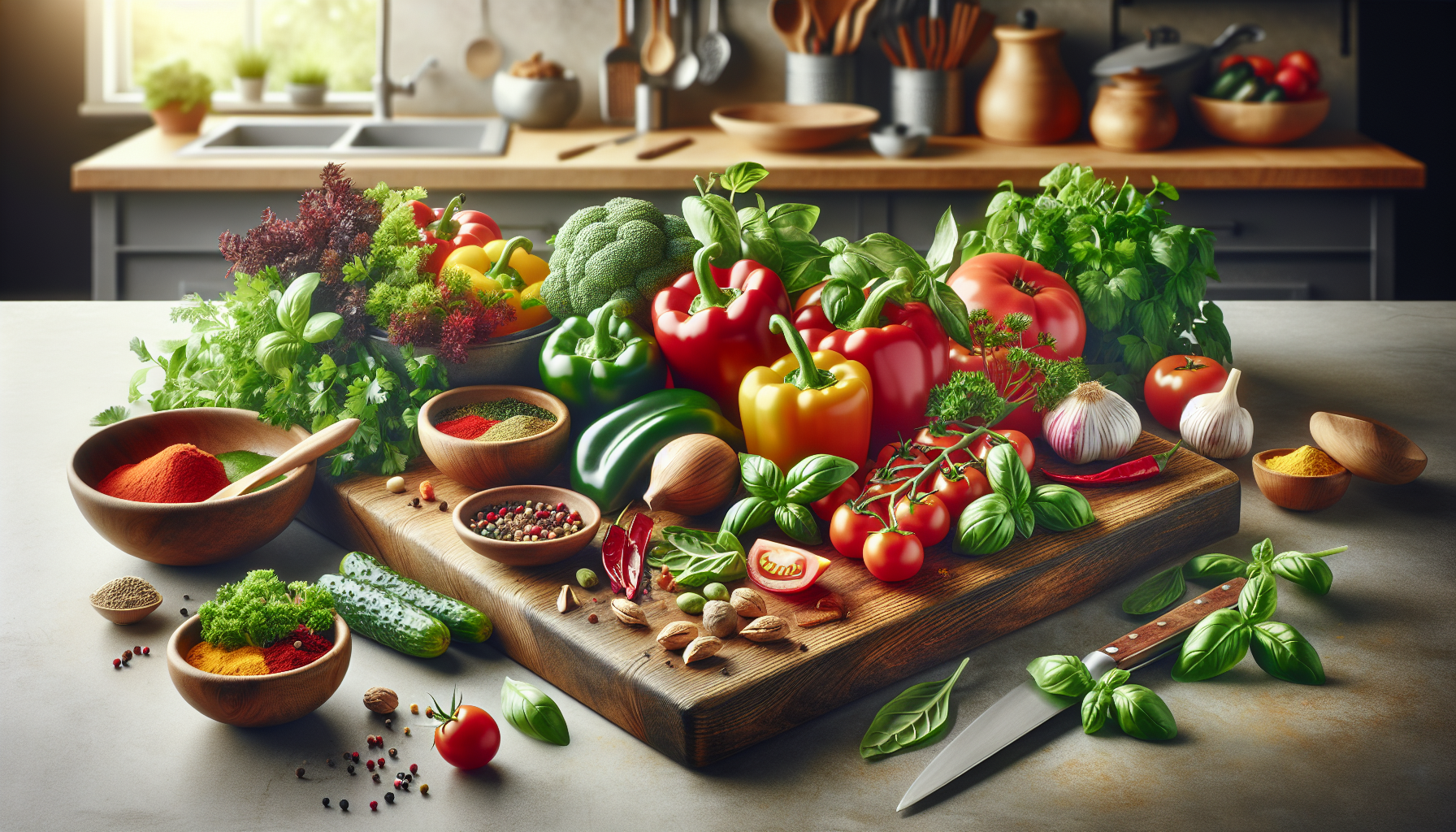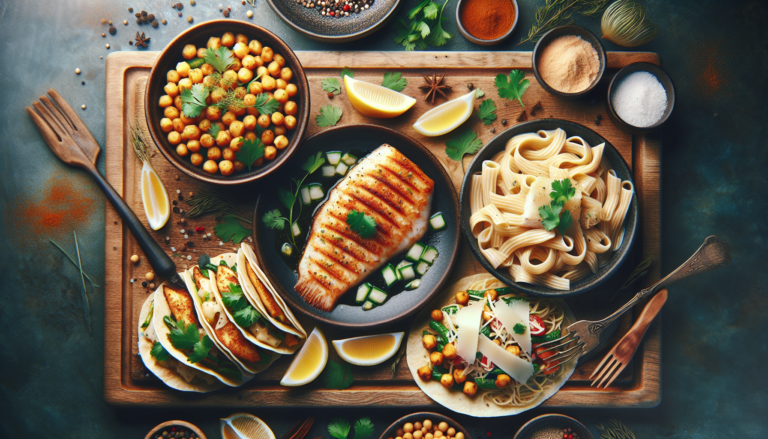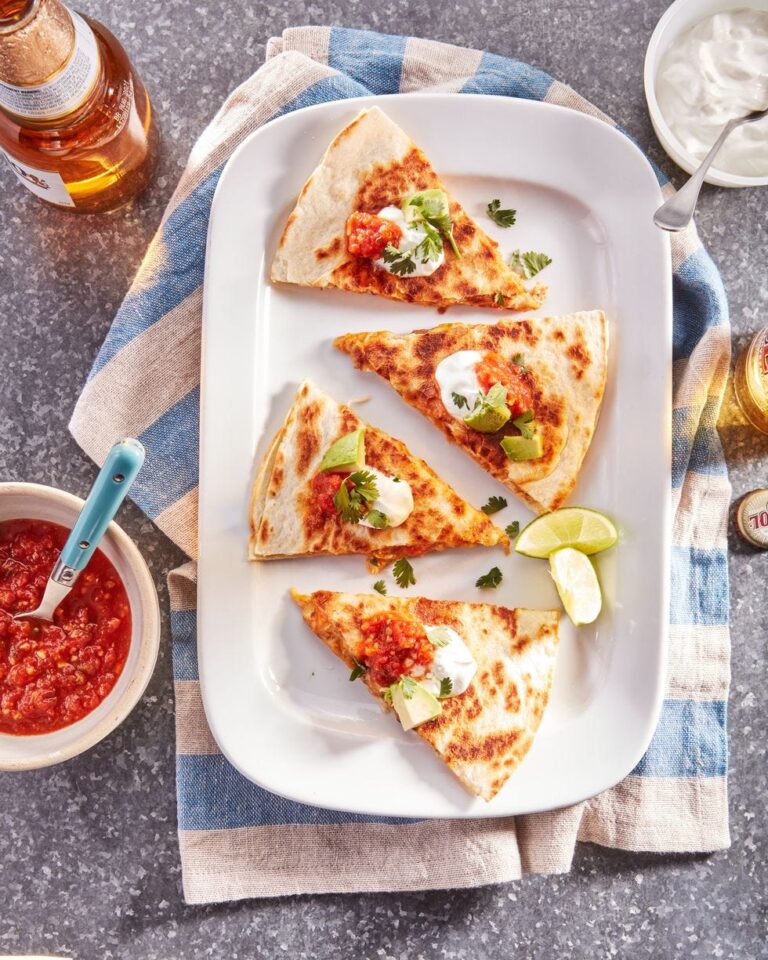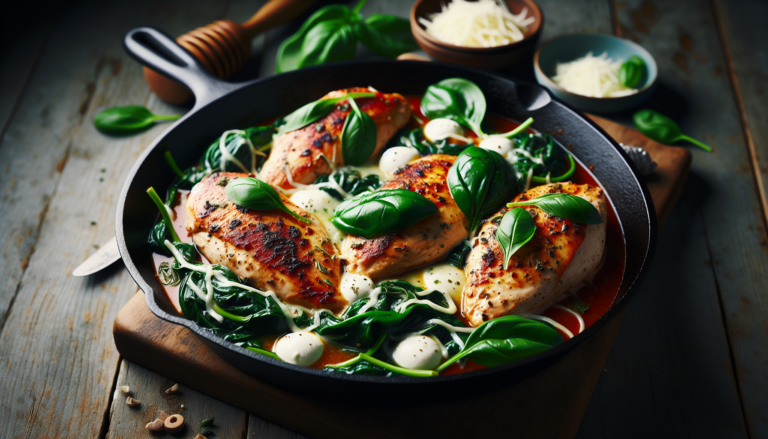Have you ever thought about how technology could revolutionize the way you cook? Imagine being able to whip up dinner recipes that not only appeal to your personal tastes but also adhere to dietary restrictions. Experimenting with AI, particularly tools like ChatGPT, can transform the kitchen experience, offering new flavors and ideas tailored just for you.
Understanding the Role of AI in Cooking
Artificial Intelligence has permeated various aspects of our lives, and cooking is no exception. By incorporating AI into meal planning, you can receive personalized recipe suggestions that cater to your individual preferences and dietary needs. This is a great way to expand your culinary horizons while ensuring that your meals fit perfectly into your lifestyle.
Benefits of Using AI for Recipe Generation
By leveraging AI technology, you can take advantage of several benefits:
- Personalization: AI can assess your food preferences, dietary restrictions, and even past cooking successes and failures to suggest meals tailored just for you.
- Variety: Instead of the same few meals on repeat, AI-generated recipes can introduce new flavors and combinations, keeping your dining experience exciting.
- Adjustability: AI is adaptable. If you change your mind about certain ingredients or dietary restrictions, you can easily adjust your preferences in the system, and it will respond accordingly.
Kickstarting the AI Recipe Experiment
In order to fully embrace the potential of AI in your kitchen, I decided to embark on a week-long experiment by utilizing ChatGPT to generate dinner recipes. My primary goals included crafting meals that catered to my specific tastes and strictly adhered to kosher dietary guidelines.
Setting Up the Parameters
To ensure that the generated recipes aligned perfectly with my requirements, I started by listing essential factors:
| Factor | Description |
|---|---|
| Personal Tastes | Chicken dishes, vegetarian options |
| Dietary Restrictions | Kosher laws, including no mixing of meat and dairy |
| Cuisine Styles | A preference for Mediterranean and Asian flavors |
This setup became the guideline for the AI to follow, allowing it to better understand what I’m looking for.
The Recipe Generation Process
Once I defined the parameters, it was time to dive deeper into the actual recipe generation. The process was relatively straightforward, and I found it enjoyable to interact with AI to generate various meals.
Daily Meal Planning
Using ChatGPT, I generated recipes tailored for each night of the week. Here’s a sneak peek at what the AI suggested:
| Day | Dish | Key Ingredients |
|---|---|---|
| Monday | Herb-Crusted Salmon | Salmon, herbs, lemon, olive oil |
| Tuesday | Mushroom Risotto | Arborio rice, mushrooms, vegetable broth |
| Wednesday | Sweet Potato Curry | Sweet potatoes, curry spices, coconut milk |
| Thursday | Dairy-Free Baked Ziti | Pasta, cashew cheese, marinara sauce |
| Friday | Grilled Vegetable Skewers | Bell peppers, zucchini, onion, olive oil |
| Saturday | Quinoa Salad | Quinoa, cucumber, cherry tomatoes, lemon juice |
| Sunday | Chickpea Stir-Fry | Chickpeas, soy sauce, mixed vegetables |
This table highlights the variety that the AI was able to provide. Each recipe came with its own unique set of instructions and prep time, which made it easy for me to plan my week.
The Culinary Successes
As I embarked on this culinary journey, I found great joy in creating several dishes suggested by the AI. The excitement of trying new recipes was palpable, and I ended up stumbling upon a few gems.
Herb-Crusted Salmon
One of the standout dishes was the herb-crusted salmon. The combination of fresh herbs, lemon, and high-quality salmon created a flavorful and visually appealing meal.
- Cooking Tips: Ensure you use fresh herbs for the best flavor. A squeeze of lemon right before serving adds a delightful brightness to the dish.
Mushroom Risotto
Another highlight was the mushroom risotto. The creaminess of the Arborio rice paired beautifully with earthy mushrooms, making it a comforting choice.
- Cooking Tips: Stirring in the broth gradually helps achieve that creamy texture that risotto is known for. Don’t rush this step; it makes a world of difference!
Grilled Vegetable Skewers
The grilled vegetable skewers served as a perfect side or main dish. They were colorful, nutritious, and bursting with flavor, making use of what I already had in my kitchen.
- Cooking Tips: Marinate the vegetables beforehand for enhanced flavors and grill them until slightly charred for that smoky taste.
The Challenges Encountered
While the successes were notable, the journey wasn’t without its pitfalls. Experimentation sometimes leads you down unexpected paths, and the most significant challenges emerged as a part of the process.
Sweet Potato Curry Mishap
I was particularly excited about making a sweet potato curry, but the dish turned into a learning experience when I miscalculated the spice quantities.
- The Problem: I accidentally added too much cayenne pepper, completely overpowering the dish.
- The Solution: If you find yourself in a similar predicament, try to balance out overly spicy dishes by adding more coconut milk or a bit of sugar to tone down the heat.
Dairy-Free Baked Ziti Texture Issues
Another recipe that didn’t quite hit the mark was the dairy-free baked ziti. Although I was hopeful for a creamy, delicious casserole, the texture turned out to be unappealing.
- The Problem: Without real cheese, the sauce didn’t bind well, resulting in a dry and crumbly dish.
- The Solution: Investigating alternative ingredients could help, such as nutritional yeast for cheesiness or mixing in more vegetables to add moisture.
Reflection and Insights
Reflecting on the experience, I realized that experimenting with AI-generated recipes provided valuable insights. This journey wasn’t just about cooking; it was a blend of creativity, learning, and even a bit of problem-solving.
What I Learned About Recipe Planning
-
Be Adaptable: Not every recipe will turn out perfectly, and that’s okay. Being flexible allows you to adjust and enjoy the process!
-
Seek Feedback: After each meal, I took notes on what worked and what didn’t. Gathering feedback from family members also enhanced the culinary experience.
-
Ingredient Familiarity: Knowing the properties and flavors of ingredients helps in making better choices when adapting recipes.
-
Balance Testing: When trying new spices or alternate ingredients, start with smaller amounts to avoid overwhelming flavors—this principle can be a real lifesaver.
Conclusion: The Future of Cooking with AI
As technology continues to advance, the possibility of using AI for meal planning and recipe generation is brilliant. Whether you’re a seasoned cook or a kitchen novice, embracing this technology can open up doors to endless culinary adventures that are customized just for you.
You may even find that experimenting with AI brings renewed excitement to your kitchen! So the next time you’re stuck in a dinner rut or unsure about what to prepare, consider integrating these innovative tools into your cooking routine. Just remember, a splash of courage to try new things can lead to delicious outcomes!



